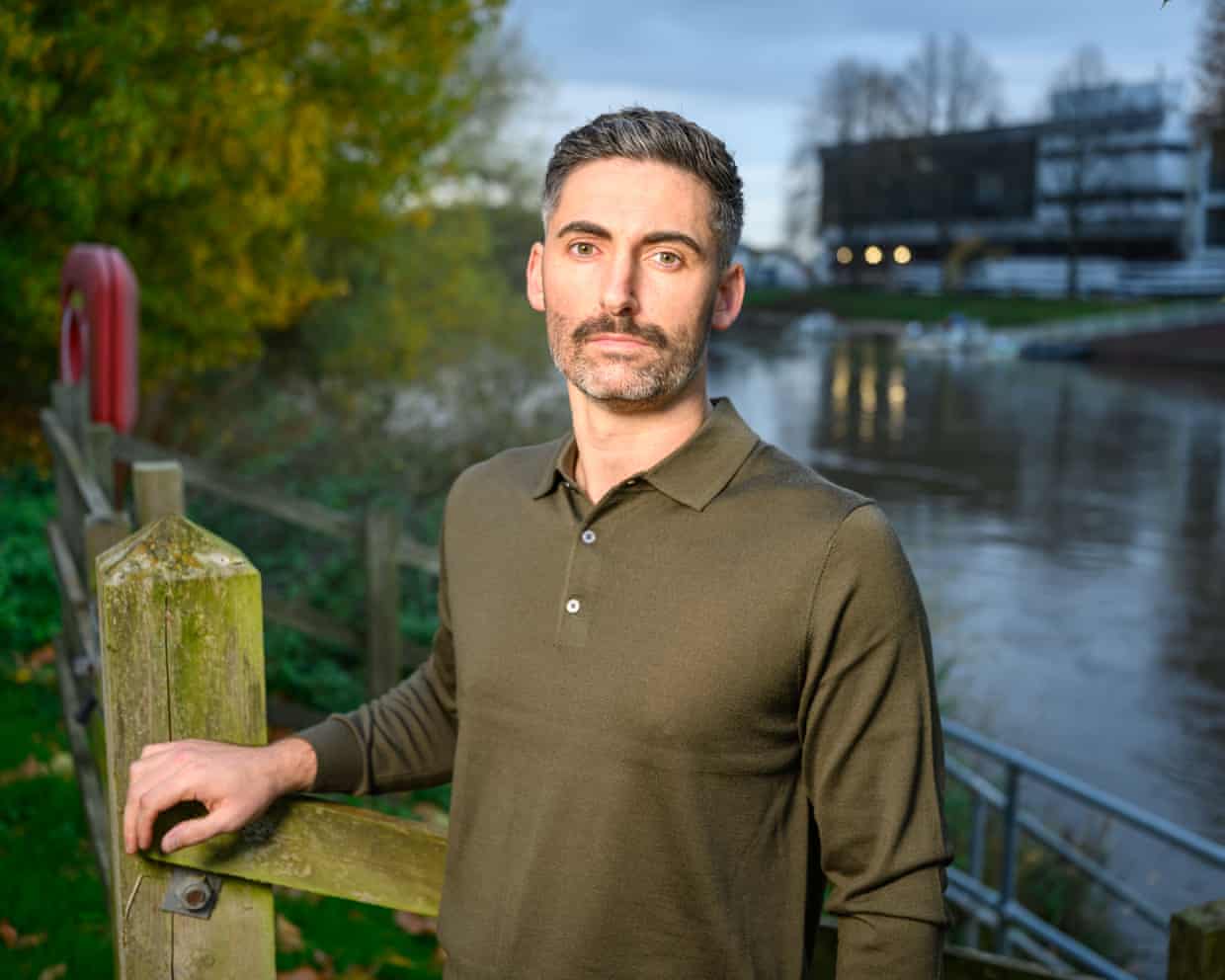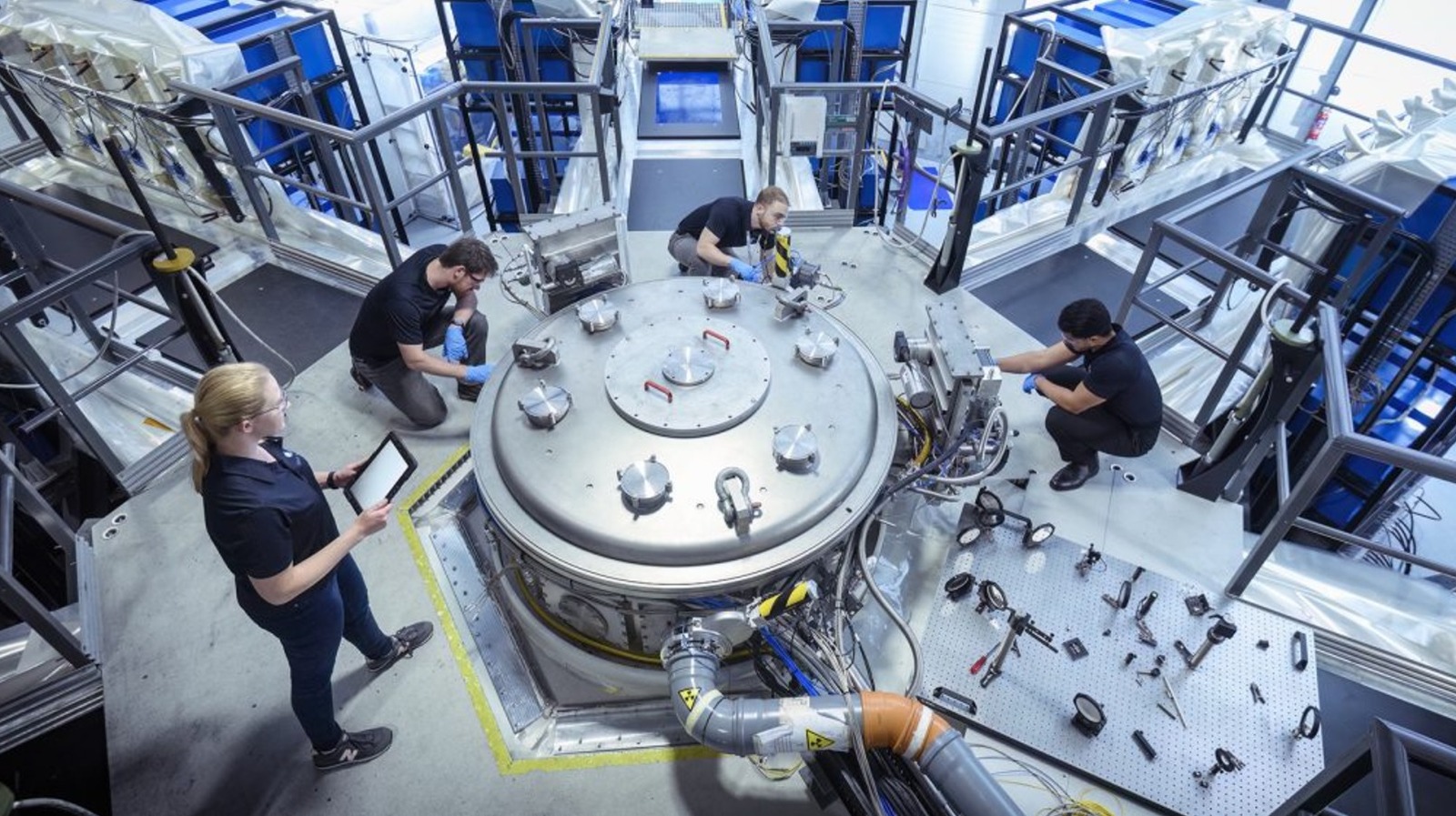On January 1, 2022, in Worcester, a notable act of bravery unfolded when Colin McGarva plunged into a flooding river to rescue an unconscious woman. Without hesitation, he disregarded the potential risks to himself, including the devastating impact on his newborn son had he been swept away by the icy waters. “I didn’t stop to think because the instinct – the instant reaction – is to help someone in need,” McGarva recounted. His actions highlight a compelling aspect of human nature: the instinct to act in crisis situations.
The topic of heroism has gained renewed attention following a mass stabbing incident on a high-speed train from Doncaster to London. Initial reports depicted chaos as passengers fled the scene, but soon stories of remarkable bravery emerged. Among them was Samir Zitouni, an employee of LNER, who was hospitalized after risking his life to save others. Heidi Alexander, the transport secretary, praised his bravery, stating, “There are people who are alive today who wouldn’t be … were it not for his actions.” Zitouni’s family, however, had always regarded him as a hero.
The Myth of Bystander Apathy
Recent insights from experts challenge the long-held belief in bystander apathy. Research indicates that ordinary people are often more inclined to act heroically than to panic. Professor Stephen Reicher, a specialist in group behavior at the University of St Andrews, asserts, “The notion that people panic and run screaming for the exits is a Hollywood fiction.” Reicher’s studies, including those on the 7/7 attacks in London and the 1999 Admiral Duncan pub bombing, reveal that individuals frequently come together to support one another during crises.
In examining the Leytonstone tube attack in 2015, Reicher noted, “There was an amazing level of spontaneous coordination by bystanders.” Some directed others away from danger, while others confronted the attacker. “Heroism was a feature of the group, not just the individual,” he added, emphasizing the collective nature of such acts.
Professor Clifford Stott from Keele University echoes this sentiment, arguing that the perception of bystander apathy is misguided. “What modern research shows is that the public are very good at protecting themselves,” he said. He views the courageous actions that make headlines as reflections of inherent, natural tendencies present in everyone.
Building Communities of Heroes
The implications of this research are significant, particularly as society faces increasing challenges, including climate-related emergencies. Professor John Drury of the University of Sussex suggests that authorities responding to emergencies should actively support and encourage the public’s innate tendency to collaborate and assist one another. He advocates for a positive language approach, emphasizing community and collective identity over impersonal terms like “the public.”
Dr. Gill Harrop, who leads the Bystander Intervention Programme at the University of Worcester, highlights ongoing efforts to foster a culture of helping. “We’re seeing this happening now with bystander intervention training in schools, colleges, universities, policing, and even the NHS,” she said. This progressive shift aims to cultivate communities of active bystanders, reinforcing the idea that heroism is not solely the domain of a select few.
As society evolves, promoting a culture of cooperation and empowerment in emergencies could prove vital. By harnessing the natural instincts of individuals to help one another, communities can create stronger networks of support, ready to face future crises together.







